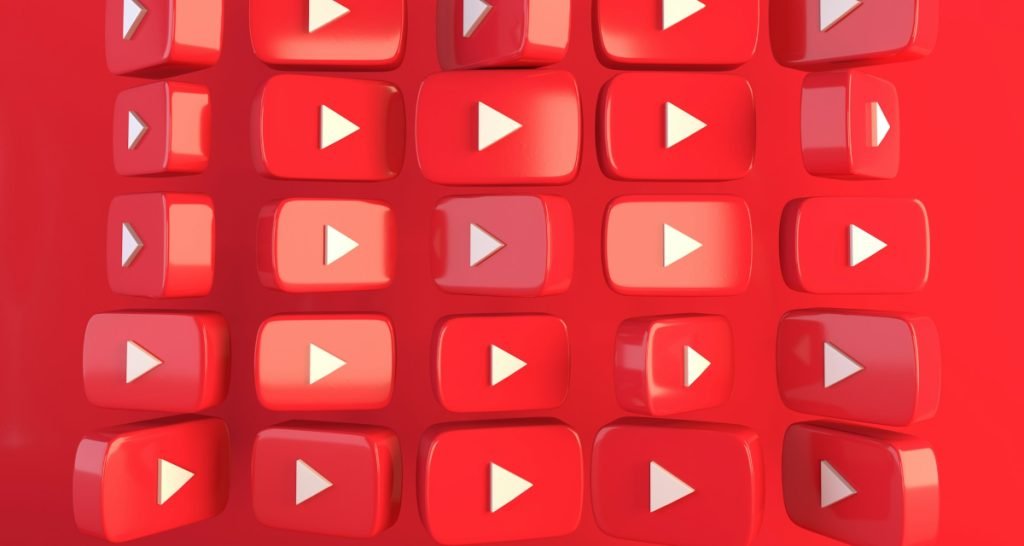
YouTube Surpasses Streaming Giants to Claim Second Place in US TV Consumption, Nielsen Reports
YouTube has secured the second position in overall U.S. TV usage according to Nielsen's Media Distributor Gauge for October, marking another significant achievement after surpassing Spotify in podcasting dominance.
The platform captured a 10.6% domestic consumption share, positioning itself behind Disney (11.7%) but notably ahead of Netflix (7.5%). This achievement is particularly noteworthy as YouTube's influence extends beyond traditional computer and mobile viewing, with significant engagement through smart TVs.

Grid of red YouTube play icons
This development holds particular significance as Spotify pursues its video expansion strategy. Despite Spotify's substantial investments in podcasting and content creation, YouTube has emerged as the leading platform for podcast consumption, largely due to the growing popularity of video podcasting.
Key findings from Nielsen's data:
- Disney leads with 11.7% share
- YouTube ranks second at 10.6%
- Netflix follows at 7.5%
- Amazon Prime Video holds 3.6%
- Apple TV+ falls below the 1% minimum reporting threshold
Spotify's response includes launching a video-podcast monetization program in early 2024, though it faces significant challenges in competing with YouTube's established video ecosystem. The company's strategy involves offering content creators substantial contracts, though past investments in exclusive podcast deals have yielded mixed results.
The market remains optimistic about Spotify's diversification efforts, including its recent expansion into audiobooks. However, YouTube's strong position in both traditional video content and podcasting suggests it will maintain its competitive advantage in the foreseeable future.
These developments reflect broader shifts in media consumption patterns, with video podcasting emerging as a particularly powerful format. YouTube's success demonstrates that established video infrastructure may be more valuable than specialized audio platforms when it comes to modern content delivery.
Related Articles
Brazilian Police Bust Massive Streaming Fraud Scheme with 28 Million Fake Plays

